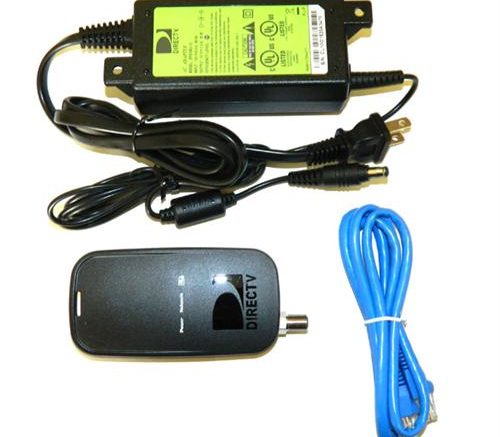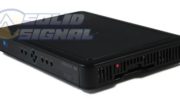The DIRECTV Ethernet Coaxial Adapter was introduced back in the late ’00s as a solution to a problem. Before then, people watched live TV. I mean, some folks recorded stuff on VCRs and there were very early TiVos. But for the most part people just watched what was on. In the mid-’00s DIRECTV and other pay-TV companies started rolling out DVRs. And people loved them.
As good as they were, the DVR suffered from one problem: it was in a single room. And people didn’t want to pay for multiple DVRs, especially since you couldn’t share programs between them. So DIRECTV engineers came up with a solution. They built Ethernet ports into their receivers and DVRs. Then they built software that let you share programming over an Ethernet network.
The only problem was, few people had wired Ethernet in their homes. So, something else had to be done.
Enter the DECA
The idea of a DECA was to allow ethernet-connected devices to talk to each other over coaxial cable. This was done without disrupting the satellite signal on that cable. The technology made sense and was developed by an industry group, the Multimedia over Cable Alliance. However, it would take several years to build this function into DIRECTV boxes. In the meantime, the DECA would let people use their existing receivers with Ethernet ports, and connect them to the coaxial cable.
DECAs could also be used to allow one point of connection to the Internet that all receivers could share. Connect a DECA to your router and to the coax cable shared by your satellite systems, and bingo. A perfect solution.
The DECA today
All DIRECTV equipment made since 2009 has the DECA technology built-in. All Genie DVRs can connect to your router wirelessly or with wired networking. So what can a DECA bring to the table today?
DECA devices are still useful for adding network connectivity to other rooms. You can even connect one to an access point to add Wi-Fi to another room. Often times this will improve performance of other devices on your network. You should know that if you do put a lot of network traffic on a coax line that has a Genie client on it, the result could be reduced performance for the client. At least that’s the theory. I’ve been using DECAs this way for over 10 years and I’ve never had a problem. I use the techniques on page 19 of this PDF and it’s always worked very well.
If you want a DECA in your home networking setup, you really can only find them one place: shop at SolidSignal.com.





